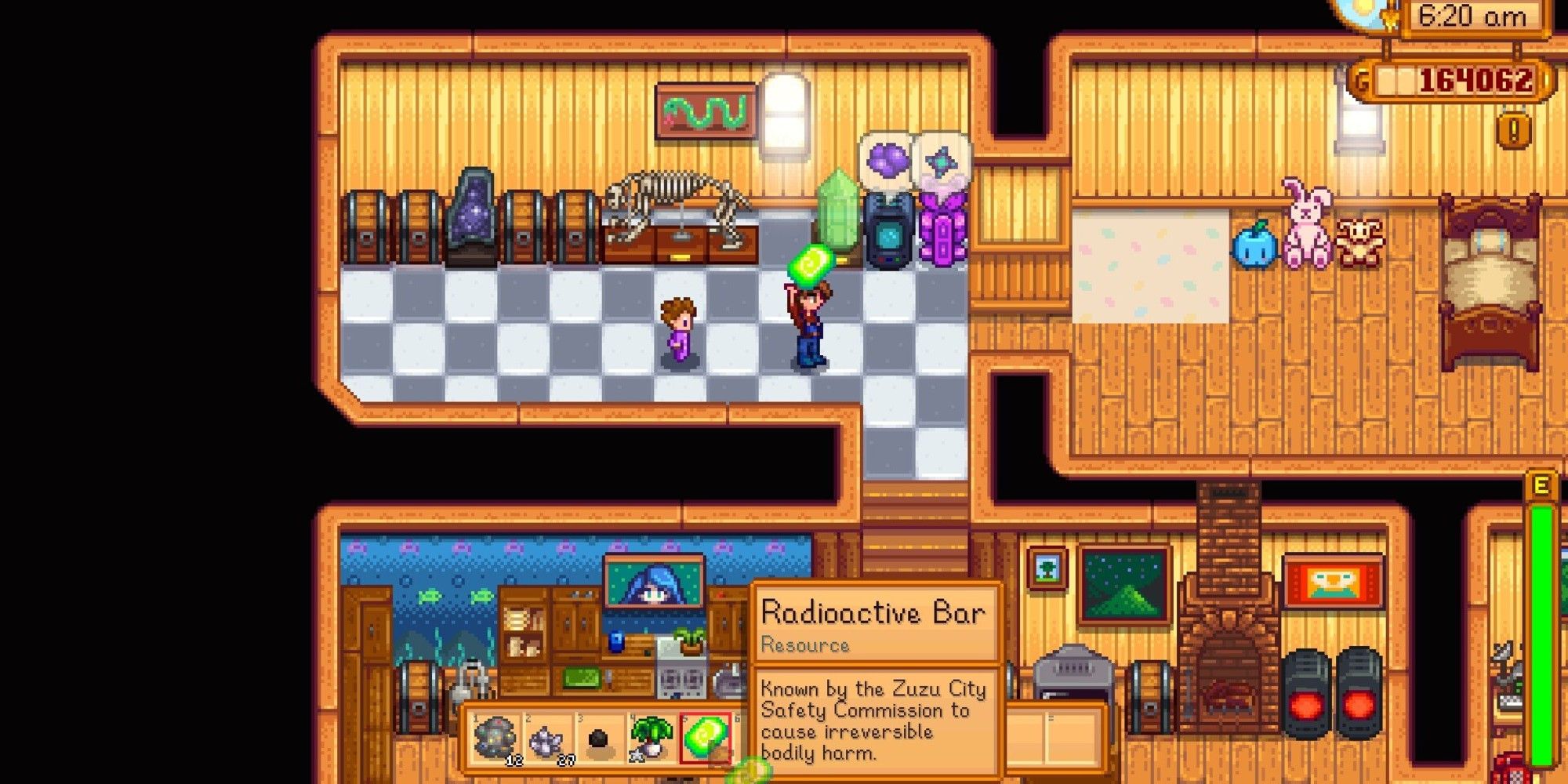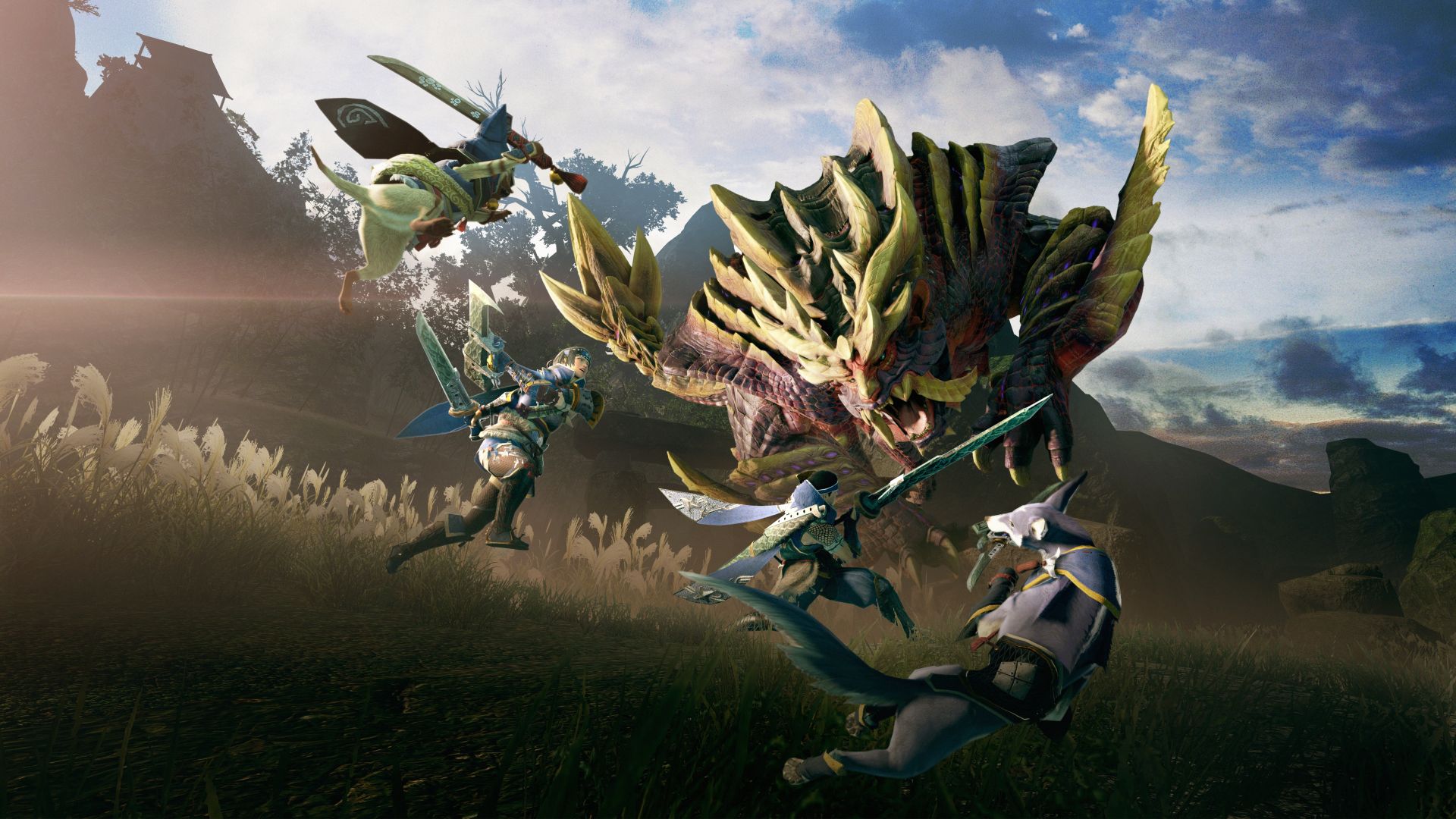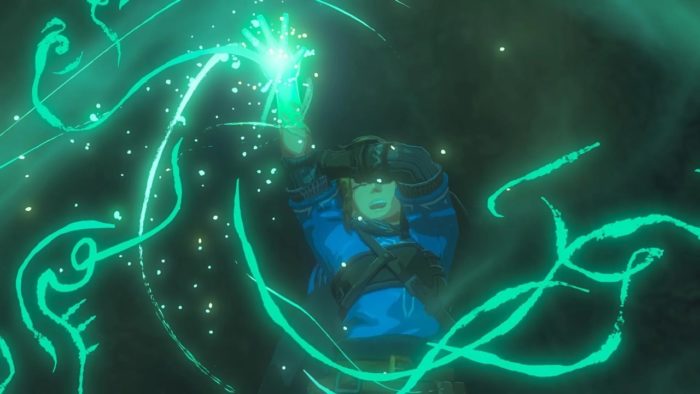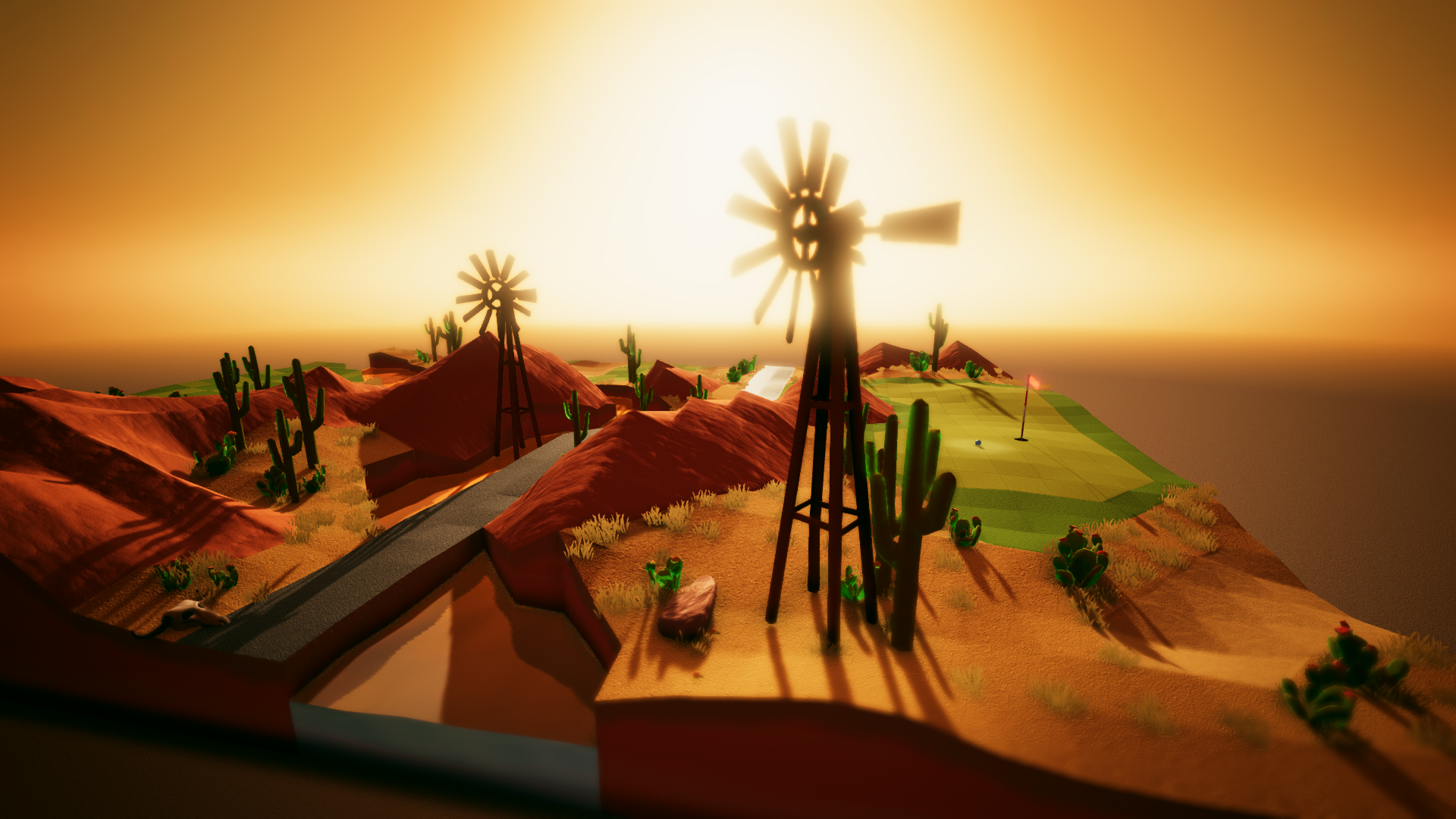
The games industry is often described in binary terms, with the triple-A scene at one end of the dichotomy, and the experimental indie games at the other. Charles Goatley and Moussa Khan, former Far Cry 3 developers who left Ubisoft to start small indie studio Okidokico, have seen the realities of both extremes in game development, and to hear them tell it, the differences between both ends is simple – in triple-A, you make part of a game, but with an indie, you get to make the whole thing. "In triple-A, you end up spending months, if not years, just working on one specific part of the game," Khan says. "You rely on everyone else on the rest of the team who generally are experts in their field of taking care of all of the rest of the game. Whereas here, being mostly two people, you have to do more than what you know. You're constantly kind of having to learn on the go. I found these little tutorials, and just a very mundane example, we had never set up source control to manage old versions of the games, but we had to figure out how we do that. And we set it up and learn a little bit about art. My background was game design, but I had to lean into a lot of doing level design art UI. I like calling myself a pixel janitor."
Goatley, a programmer who has worked at Rare, Square Enix, and Edios as well as Ubisoft, similarly had to adapt. "I think the bigger the studio, the less you do, or the less you diversify," he says. "In coming here, even though we're using the Unity game engine, I found as a programmer, it's almost like you have to write your own game engine within a game engine. To get everything to work, you have to think again, about the UI and that kind of stuff. But on top of that, I found myself having to do a little bit of sound design, a little bit of UI work, a little bit of level design, and game design too. All things that in a triple-A studio, I would never really be touching on. And that's kind of fun."
Related: Report: Why So Many Sports Titles Are Embracing The Women's Game
Suitably for two devs seeking a more relaxed escape from the triple-A grind, Okidokico's upcoming game is a golf title, A Little Golf Journey. As for why the two settled on golf, it's certainly not because either boasts an impressive handicap. "Neither of us are golf players," Khan admits. "So we took the simplest approach, which is just about hitting the ball. The clubs are gone. We went with just keeping the part that's fun, which is the clink when you hit the ball and you see it soar, and it lands exactly where you want it to land, it rolls, and you have that little bit of tension right before it goes in. So we tried to really distil it and keep the part that is exciting, and tried to remove all of the complexity of the decision making. We're putting a lot of options in A Little Golf Journey for the player, either direct options or implied, through the level design or whatnot, to let them take the challenge level that they want to give themselves. Today you've had a shitty day, you just want to move through the greens. Well, no problem – you can."
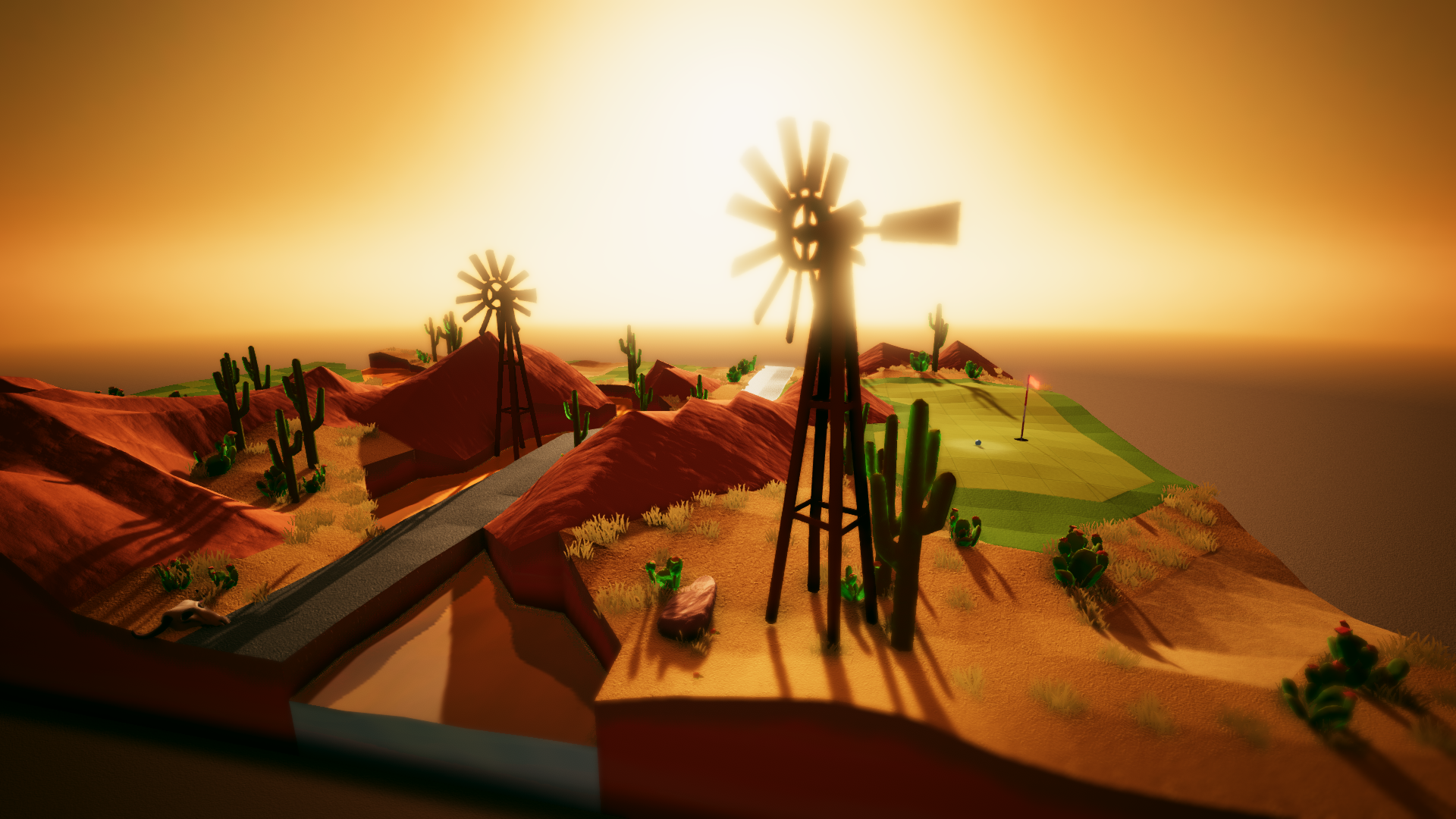
But if neither Goatley nor Khan play golf at all, how did the idea even come about in the first place? Like a lot of things in game development, the pair discovered it while trying to make something completely different. "I think we wanted to make a city builder-type game," Goatley says. "I knocked up some tech to create the ground for the hills and everything. And I was going with a tile-based visual, because it worked well for the city builder concept. Out of pure chance, I put in a sphere on the terrain to see what objects might look like on it, and it kind of looked like a golf ball. So we just wanted to see what it would feel like with all the ball physics and everything."
From here, A Little Golf Journey was born. Khan calls the game's conception "quite serendipitous serendipity," adding that the ball physics come from a separate abandoned project all about throwing scientists into black holes. He also jokes that had he been making the game for a triple-A studio, he might have spent the whole time just working on making the ball roll, or perfecting the flagpole.
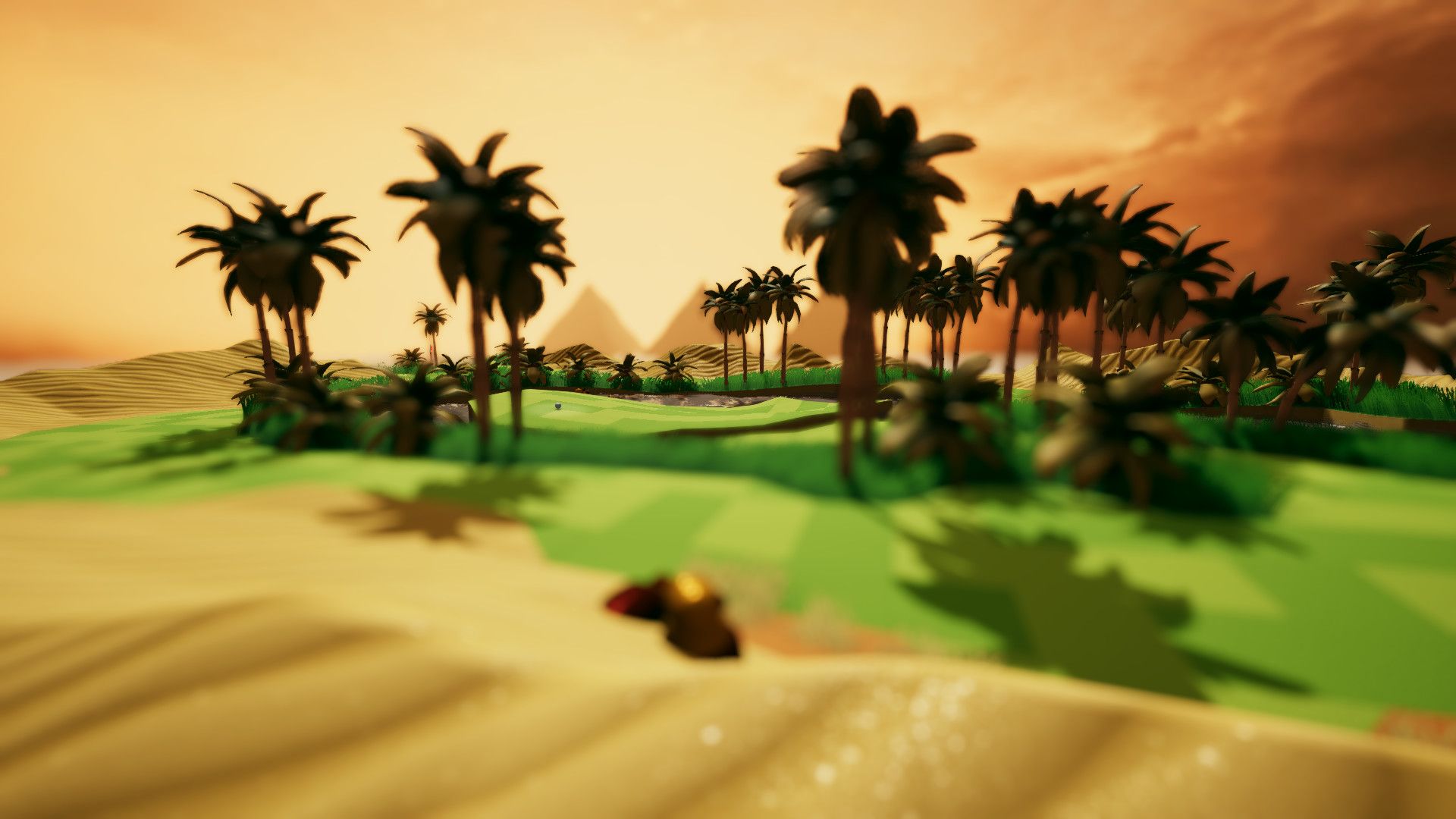
The city building roots are still on display in the final game, too. The idea was always that the golf journey would take players around the world, but not being golfers, the pair were initially disappointed by their research. "Augusta, I think, was our first reference, which is like the quintessential golf course," Khan says. "And after that, I think a lot of the desire for escapism and wanderlust with a lockdown made us lean extra hard into 'Okay, if I could golf anywhere, if I could go anywhere, where can I go?' But then you actually see all of these tournaments that you see played, you don't get to enjoy the place. Let's take South Africa – it just looks like any other golf course, it's a completely missed opportunity. So really, if you don't feel like you're in the place, it's not working. You should know where you are."
This is where the more mini golf stylings of A Little Golf Journey come in. Since most golf courses look identical around the world, the devs opted for a more diorama feel to the course design. In the game, the African course is set in Egypt, rather than South Africa, and features pyramids, deserts, and never leaves you for a second doubting where you are. Ditto the Switzerland course, set high up in the mountains. Even Augusta gets this treatment, with the iconic lighthouse used to frame the course. Taking this approach comes with drawbacksV, however. "The biggest challenge was having to restrain ourselves," Khan says. "In Augusta, we have a lighthouse, and you're tempted to put it in every level because it looks good. But you can't because then it's not a landmark anymore."
A Little Golf Journey releases later this year on PC and Nintendo Switch.
Next: What's Going On With Snorlax's Teeth In New Pokemon Snap?
